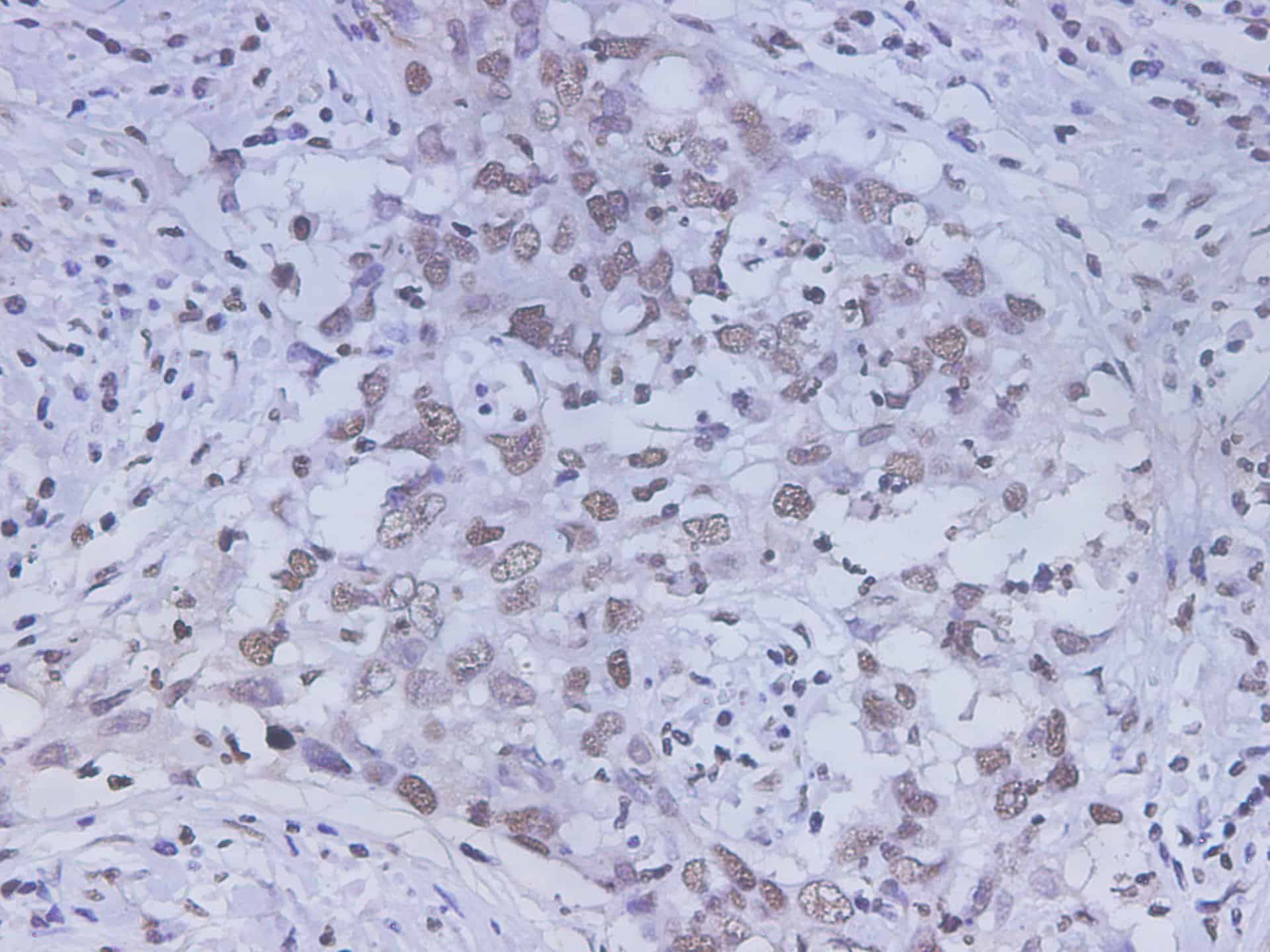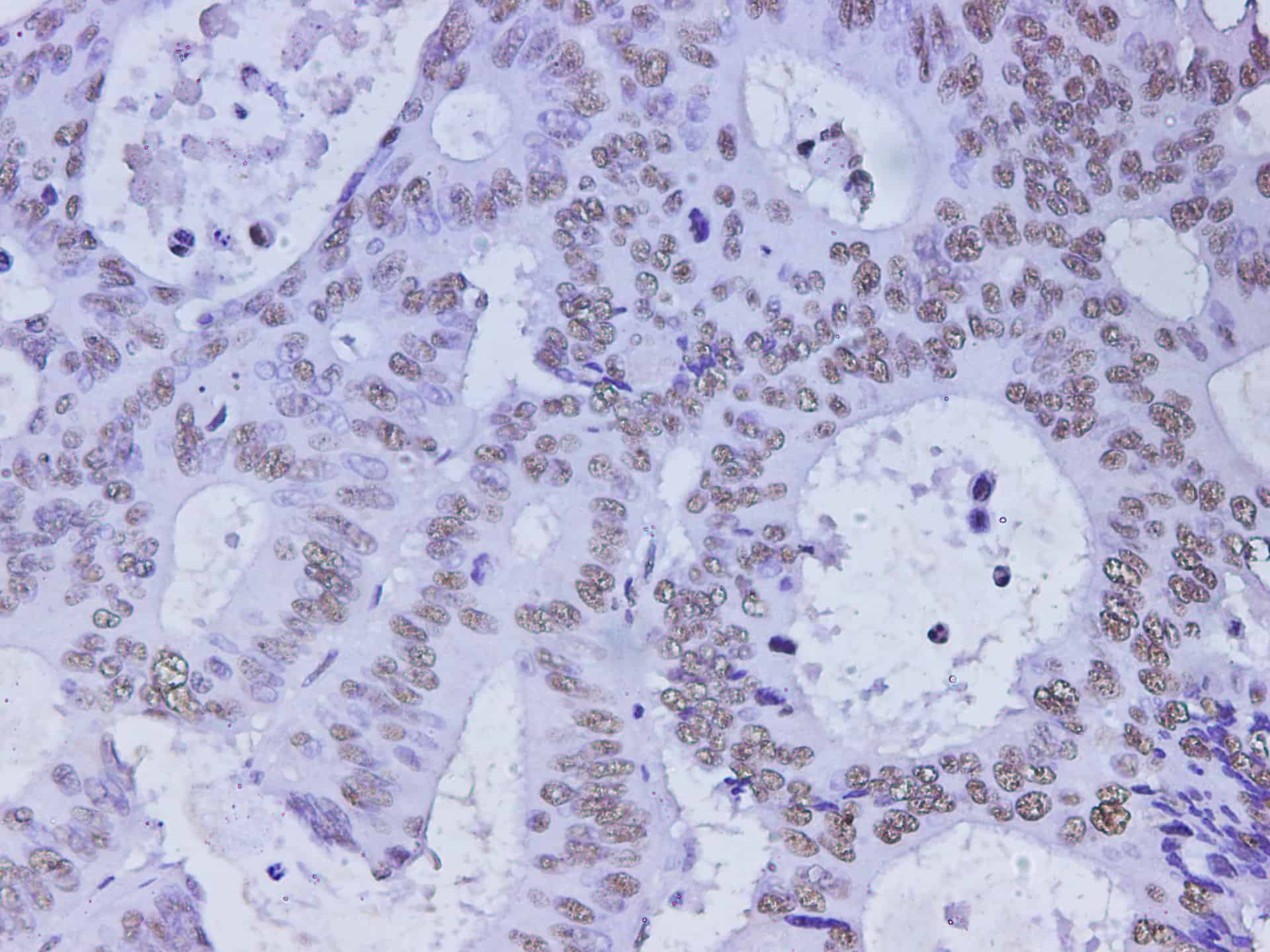HMGB-1 Polyclonal Antibody
For reference only. Please follow the manual included in your kit for instructions.
Catalog Number
Product Name
HMGB-1 Polyclonal Antibody
Catalog Number
RD90731A
Clonality
Polyclonal
Purification Method
Affinity purification
Isotype
IgG
Host
Rabbit
Background
Human High-mobility group box 1 protein (HMGB1), previously known as HMG-1 or amphoterin, is a member of the high mobility group box family of non-histone chromosomal proteins. Human HMGB1 is expressed as a 30 kDa, 215 amino acid (aa) single chain polypeptide containing three domains: two N-terminal globular, 70 aa positively charged DNA-binding domains (HMG boxes A and B), and a negatively charged 30 aa C-terminal region that contains only Asp and Glu. Residues 27?43 and 178?184 contain a NLS. Posttranslational modifications of the molecule have been reported, with acetylation occurring on as many as 17 lysine residues. HMGB1 is expressed at high levels in almost all cells. It was originally discovered as a nuclear protein that could bend DNA. Such bending stabilizes nucleosome formation and regulates the expression of select genes upon recruitment by DNA binding proteins. It is now known that HMGB1 can also act extracellularly, both as an inflammatory mediator that promotes monocyte migration and cytokine secretion, and as a mediator of T cell-dendritic cell interaction. The cytokine activity of HBMG1 is restricted to the HMG B box, while the A box is associated with the helix-loop-helix domain of transcription factors. HMBG1 is released in response to cell death and as a secretion product. Although HMBG-1 does not possess a classic signal sequence, it appears to be secreted as an acetylated form via secretory endolysosome exocytosis. Once secreted, HMGB1 transduces cellular signals through its high affinity receptor, RAGE and, possibly, TLR2 and TLR4. Human HMGB1 is 100% aa identical to canine HMGB1 and 99% aa identical to mouse, rat, bovine and porcine HMGB1, respectively.
Immunogen Information
Immunogen
Recombinant Human HMGB-1 protein expressed by E.coli
Swissprot
P09429
Synonyms
Amphoterinhigh mobility group box 1High mobility group protein 1high mobility group protein B1high-mobility group (nonhistone chromosomal) protein 1high-mobility group box 1HMG1HMG-1HMG1DKFZp686A04236HMG3HMGB1SBP-1Sulfoglucuronyl c
Applications
Reactivity
Human
Tested Applications
IHC
Conjugation
Unconjugated
Dilution
IHC 1:100-1:350
Concentration
1 mg/mL
Storage Buffer
PBS with 0.02% sodium azide, 50% glycerol, pH 7.4
Storage Instructions
Store at -20°C Valid for 12 months. Avoid freeze / thaw cycles.

